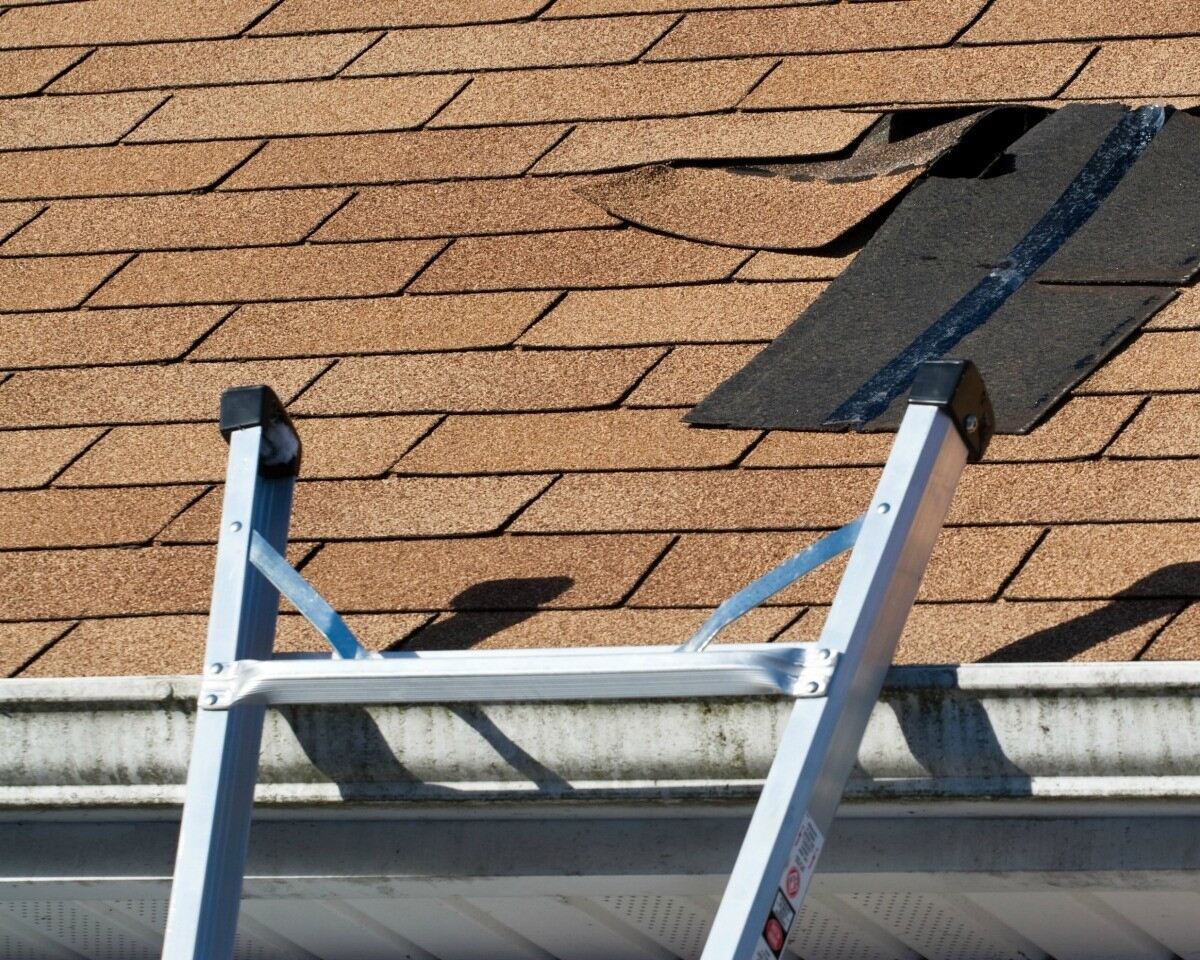

Articles
How To Use A Ladder Without Damaging Gutters
Modified: October 28, 2024
Learn how to safely use a ladder without causing any damage to your gutters. Read our informative articles for useful tips and techniques.
(Many of the links in this article redirect to a specific reviewed product. Your purchase of these products through affiliate links helps to generate commission for Storables.com, at no extra cost. Learn more)
Introduction
Using a ladder to access areas around your home, such as cleaning gutters, can be a necessary task. However, it’s important to use the ladder safely and avoid damaging your gutters in the process. Damaged gutters can lead to water leakage, foundation problems, and other costly repairs. By following a few simple steps and taking precautions, you can use a ladder without causing any harm to your gutters. In this article, we will guide you through the proper techniques and precautions to ensure the safety of your gutters while using a ladder.
Key Takeaways:
- Proper ladder positioning, use of stabilizers, and regular gutter cleaning are essential for maintaining gutter safety and preventing damage.
- Inspect, gather tools, and climb safely to ensure gutter and ladder integrity. Regular maintenance and proper storage prolong ladder lifespan.
Read more: How To Drive On Grass Without Damage
Step 1: Gather the necessary tools
Before using a ladder to work on your gutters, it’s important to gather the necessary tools to ensure a smooth and efficient process. Here are the essential tools you will need:
- Ladder: Choose a ladder that is appropriate for the height and reach required for your gutter work. Make sure the ladder is in good condition and sturdy.
- Ladder stabilizers: These are attachments that can be added to the feet of the ladder to provide extra stability and prevent it from slipping or damaging gutters.
- Gloves: Wear protective gloves to keep your hands safe and to provide a better grip while working on the gutters.
- Bucket or bag: Use a bucket or bag to collect debris from the gutters while cleaning. This will make the cleanup process easier and prevent debris from falling onto your landscape.
- Gutter scoop: A gutter scoop or a small garden trowel can be useful for removing leaves, twigs, and other debris from the gutters.
- Protective eyewear: It’s always a good idea to wear protective eyewear to prevent any debris from getting into your eyes while working.
- Ladder leveler: If your gutters are located on uneven ground, a ladder leveler can help stabilize the ladder and keep it balanced.
By having all these tools ready before you start, you will be well-prepared and minimize the risk of damaging your gutters or compromising your safety.
Step 2: Inspect the ladder and gutters
Before using a ladder to work on your gutters, it’s essential to inspect both the ladder and the gutters to ensure they are in good condition. Here’s what you should do:
1. Ladder inspection:
- Check for any damaged or bent parts of the ladder. If you notice any cracks, dents, or loose screws, do not use the ladder and repair it before proceeding.
- Ensure that the ladder’s rungs are clean and free of any debris or slippery substances that could cause you to lose grip while climbing.
- Test the ladder’s stability by giving it a gentle shake. If it wobbles or feels unstable, readjust the ladder stabilizers or find a different, more sturdy ladder.
2. Gutter inspection:
- Examine the gutters for any loose or damaged sections. If you notice any gaps, leaks, or sagging, make note of those areas for repairs.
- Remove any large debris, such as leaves or branches, from the gutters by hand or using a gutter scoop. This will help you get a clear view of the gutter condition.
- Inspect the downspouts to ensure they are not clogged. Use a plumber’s snake or a high-pressure garden hose to clear any blockages.
- Check for any signs of rust or corrosion on the gutters. If you notice any, consider applying a rust-resistant coating to protect them and extend their lifespan.
By thoroughly inspecting both the ladder and the gutters before starting your work, you can address any safety concerns and prevent further damage to your gutters.
Step 3: Position the ladder correctly
Proper ladder positioning is crucial for your safety and the well-being of your gutters. Follow these guidelines to ensure the ladder is in the right position:
- Choose a flat and stable surface: Find a level ground that is free from any obstacles or hazardous objects. Avoid placing the ladder on uneven or slippery surfaces, as this can lead to accidents.
- Angle of the ladder: For every 4 feet in height, the base of the ladder should be positioned 1 foot away from the wall or gutter. This 4:1 ratio provides optimal stability. To check the angle, stand facing the ladder, extend an arm straight out, and if your palm touches the rung, it’s at the correct angle.
- Avoid blocking doorways: Ensure that the ladder does not obstruct any doors or entryways. You should have a clear path to climb up and down the ladder without any obstacles.
- Use a spotter: If possible, have someone assist you by holding the ladder steady at the base while you climb up. This extra pair of hands can provide added stability and prevent any accidents.
- Secure the ladder: If you’re working on a single-story house, use ladder stabilizers or ladder mitts to secure the ladder to the gutters. These attachments can help distribute the weight and prevent any damage to the gutters.
Remember, safety should always be your top priority when positioning the ladder. Be mindful of your surroundings and take the necessary precautions to avoid accidents or damaging the gutters.
Step 4: Use ladder stabilizers
Ladder stabilizers are essential accessories that can provide extra support and stability when working on your gutters. Follow these steps to properly use ladder stabilizers:
- Choose the right ladder stabilizers: There are various types of ladder stabilizers available, such as standoff stabilizers or ladder mitts. Select the one that is compatible with your ladder and provides a secure attachment to the gutters.
- Attach the ladder stabilizers: Follow the manufacturer’s instructions to attach the stabilizers to the ladder. Make sure they are properly secured and tightly fitted to prevent any movement or slippage.
- Position the ladder stabilizers: Place the stabilizers against the gutters, ensuring that they are evenly distributed and not placing excessive weight on any specific section of the gutters. This will help prevent damage or bending.
- Test the stability: Gently shake the ladder to check if the stabilizers hold it firmly in place. If there is any wobbling or instability, readjust the stabilizers or consider using a different type of stabilizer.
Ladder stabilizers provide additional support and distribute the weight evenly, reducing the strain on the gutters. By using these essential accessories, you can minimize the risk of causing damage to your gutters while working on them.
When using a ladder near gutters, use ladder stabilizers or standoffs to prevent damage. Make sure the ladder is placed securely and avoid leaning it directly against the gutters.
Read more: How To Remove Hardwood Floor Without Damage
Step 5: Climb the ladder safely
Once the ladder is properly positioned and stabilized, it’s time to climb up safely. Follow these guidelines to ensure a secure ascent:
- Face the ladder: Always face the ladder while climbing and descending. Maintain a firm grip on the ladder rungs with both hands and avoid carrying any heavy tools or objects that could throw off your balance.
- Maintain three points of contact: As you climb, make sure to always have three points of contact on the ladder. This means keeping two feet and one hand or two hands and one foot on the ladder at all times for stability.
- Take one step at a time: Ascend the ladder slowly and steadily, making sure each foot is securely on the rung before moving the other foot. Avoid rushing or skipping steps, as this can lead to slips or falls.
- Avoid overreaching: When working on the gutters, never overreach to access a distant area. Instead, descend the ladder and reposition it closer to your working area to maintain stability and prevent accidents.
- Use a tool belt or bucket: Keep your hands free by using a tool belt or attaching a bucket to the ladder. This allows you to have easy access to your tools or collect debris without compromising your balance.
Remember, safety should always be the top priority when climbing a ladder. Take your time, be cautious, and maintain proper body positioning to minimize the risk of accidents and protect both yourself and your gutters.
Step 6: Avoid leaning the ladder on gutters
One common mistake when using a ladder is leaning it directly against the gutters. This can cause damage to the gutters and compromise their functionality. Here’s what you should do to avoid this:
- Use ladder stabilizers: As mentioned earlier, using ladder stabilizers is an effective way to prevent the ladder from resting directly on the gutters. These attachments distribute the weight more evenly and provide stability.
- Choose the right ladder distance: Position the base of the ladder a suitable distance away from the wall or gutters. This prevents the ladder from putting excessive pressure on the gutters and reduces the risk of damaging them.
- Find alternative support points: Look for other sturdy support points, such as fascia boards or the roof eaves, to rest the top of the ladder against. Ensure that these areas can handle the weight and pressure of the ladder.
- Invest in ladder standoffs: Ladder standoffs are specially designed attachments that create a gap between the ladder and the wall or gutters. This allows you to work comfortably without putting any weight on the gutters.
By following these steps, you can avoid leaning the ladder directly on the gutters, preventing any potential damage and ensuring the longevity of your gutter system.
Step 7: Clean gutters regularly
Regular gutter cleaning is essential to keep them free of debris and maintain their functionality. By following these steps, you can ensure that your gutters remain in optimal condition:
- Schedule regular cleaning: Gutter cleaning should be done at least twice a year, in the spring and fall, to remove leaves, twigs, and other debris that can clog the gutters and downspouts.
- Use a sturdy ladder: When it’s time to clean the gutters, follow the earlier steps to position the ladder correctly and safely.
- Wear protective gear: Put on protective gloves and eyewear before you begin cleaning to keep your hands and eyes safe from debris.
- Remove debris by hand: Start by manually removing large debris, such as leaves and twigs, from the gutters. Place them in a bucket or bag for easy disposal later.
- Use a hose or pressure washer: After removing the large debris, flush out the remaining dirt and smaller debris from the gutters using a garden hose or a pressure washer on a low setting. This will help clear any clogs and ensure the gutters are clean.
- Check for leaks or damaged areas: While cleaning, inspect the gutters for any leaks, sagging, or signs of wear and tear. Address these issues promptly to prevent further damage or water leakage.
- Consider gutter guards: Installing gutter guards or screens can help minimize the accumulation of debris in the gutters, reducing the frequency of cleanings. They act as a barrier, allowing water to flow freely while preventing leaves and other debris from entering the gutter system.
Regular gutter cleaning is not only important for the health and maintenance of your gutters but also for the overall well-being of your home. By keeping your gutters clean and free-flowing, you can prevent water damage and extend the lifespan of your gutter system.
Step 8: Store the ladder properly
Properly storing your ladder when not in use is essential for its longevity and safety. Follow these steps to ensure that your ladder remains in good condition:
- Clean the ladder: Before storing the ladder, make sure it is free from dirt, debris, and any moisture. Use a brush or a cloth to remove any accumulated dirt or residue.
- Inspect for damage: Take the time to inspect the ladder for any signs of damage, such as cracks, loose screws, or bent parts. If you notice any issues, repair them before storing the ladder.
- Select a suitable storage space: Choose a storage area that is dry, well-ventilated, and protected from extreme temperatures. Avoid storing the ladder outside or in areas where it could be exposed to harsh weather conditions.
- Secure the ladder: If possible, hang the ladder on hooks or brackets specifically designed for ladder storage. This helps to keep it off the ground and prevents it from leaning against walls or objects that could cause damage.
- Avoid leaning against the gutters: When storing the ladder, ensure that it is not leaning against the gutters or any other fragile surfaces. Leaning the ladder can cause unnecessary strain on the gutters and may damage them.
- Follow manufacturer guidelines: Refer to the ladder’s instruction manual or manufacturer guidelines for specific storage recommendations. Different types of ladders may have different storage requirements.
- Keep it out of reach: If you have children, make sure to store the ladder in a place that is out of their reach. Ladders can be dangerous if not used properly, so it’s important to keep them away from curious hands.
- Regular inspection: Periodically check the stored ladder for any signs of damage, such as rust, wear, or any changes in its overall condition. This will help you identify any issues early on and take necessary action.
By following these steps, you can ensure that your ladder is stored safely and remains in good condition for future use. Proper storage helps prolong the lifespan of the ladder and ensures it is ready for your next gutter cleaning or other tasks that require its use.
Conclusion
Using a ladder to work on gutters is an important task for homeowners, but it’s crucial to do so safely and without causing any damage. By following the steps outlined in this article, you can use a ladder without compromising the integrity of your gutters. From gathering the necessary tools to positioning the ladder correctly and using ladder stabilizers, each step plays a vital role in maintaining both your safety and the well-being of your gutters.
Regular inspection and cleaning of gutters are essential to prevent clogs and ensure proper water flow. Additionally, storing the ladder correctly after use helps maintain its longevity and ensures it’s ready for future gutter maintenance tasks.
Always prioritize safety throughout the ladder usage process. Take the time to gather the necessary tools, inspect both the ladder and gutters, and follow the proper climbing techniques. Avoid leaning the ladder directly against the gutters and instead use ladder stabilizers or alternative support points.
By implementing these steps and taking precautions, you can use a ladder to clean your gutters efficiently and without causing any damage. Regular maintenance of your gutters will not only protect your home from potential water damage but also prolong the life of your gutters and save you from costly repairs.
Remember, if you’re unsure about performing any maintenance task on your gutters or if you have concerns about ladder usage, it’s best to seek professional assistance. They have the expertise and experience to handle such tasks safely and effectively.
Frequently Asked Questions about How To Use A Ladder Without Damaging Gutters
Was this page helpful?
At Storables.com, we guarantee accurate and reliable information. Our content, validated by Expert Board Contributors, is crafted following stringent Editorial Policies. We're committed to providing you with well-researched, expert-backed insights for all your informational needs.
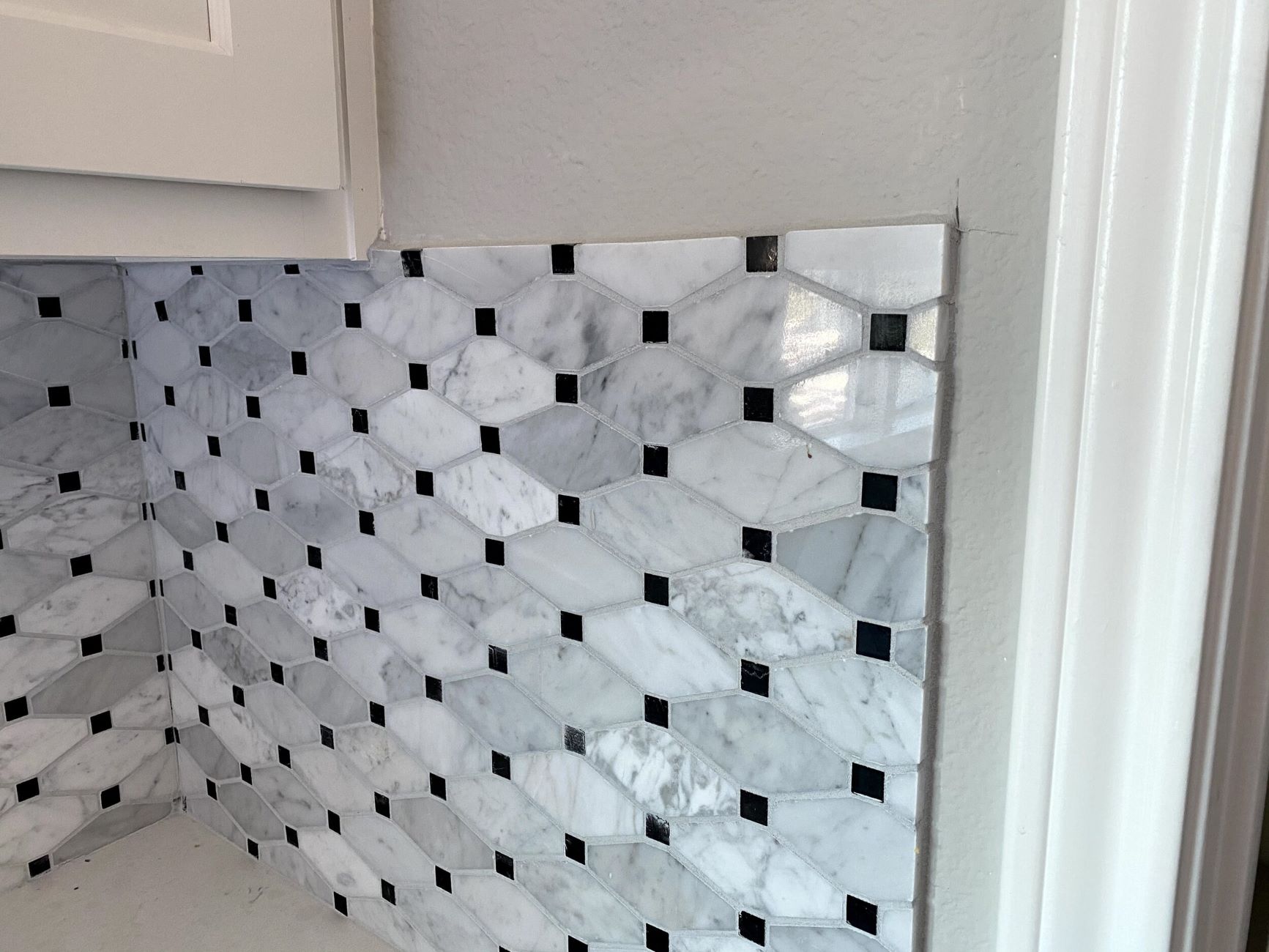

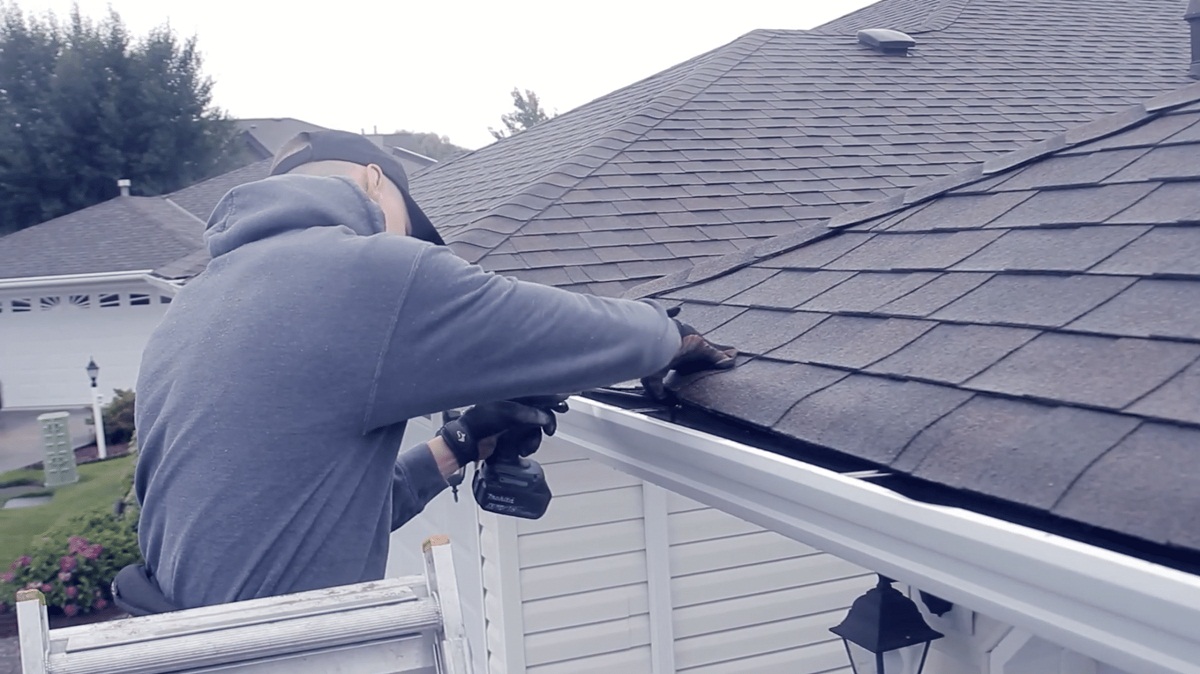
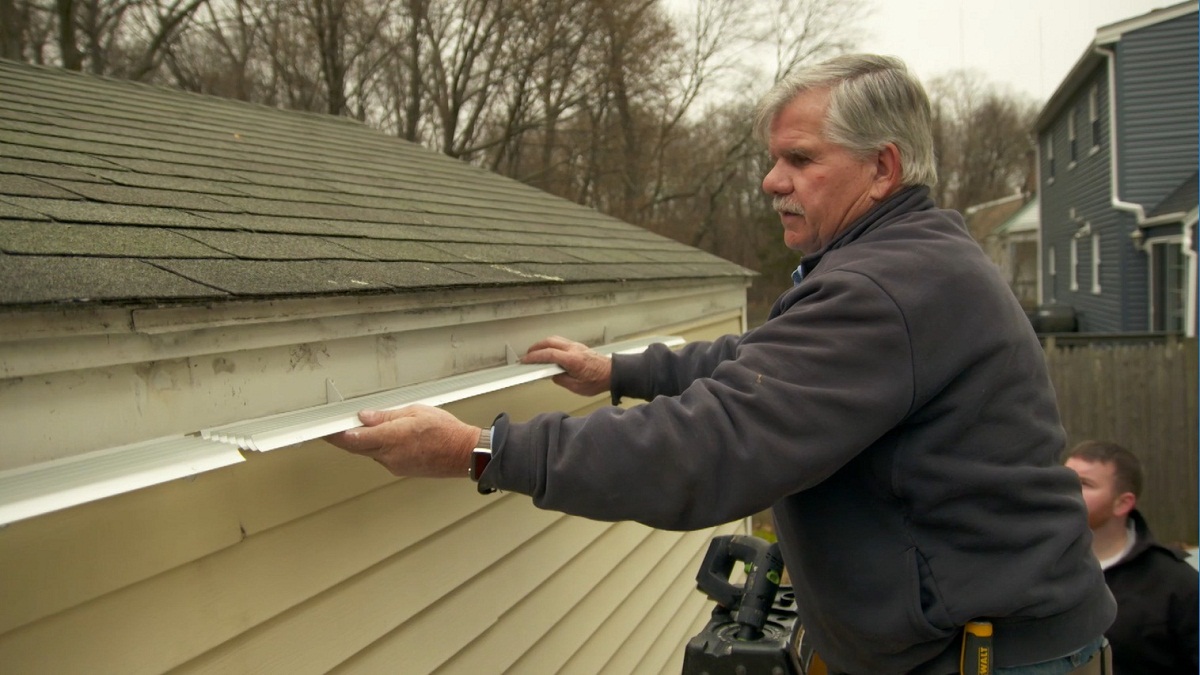
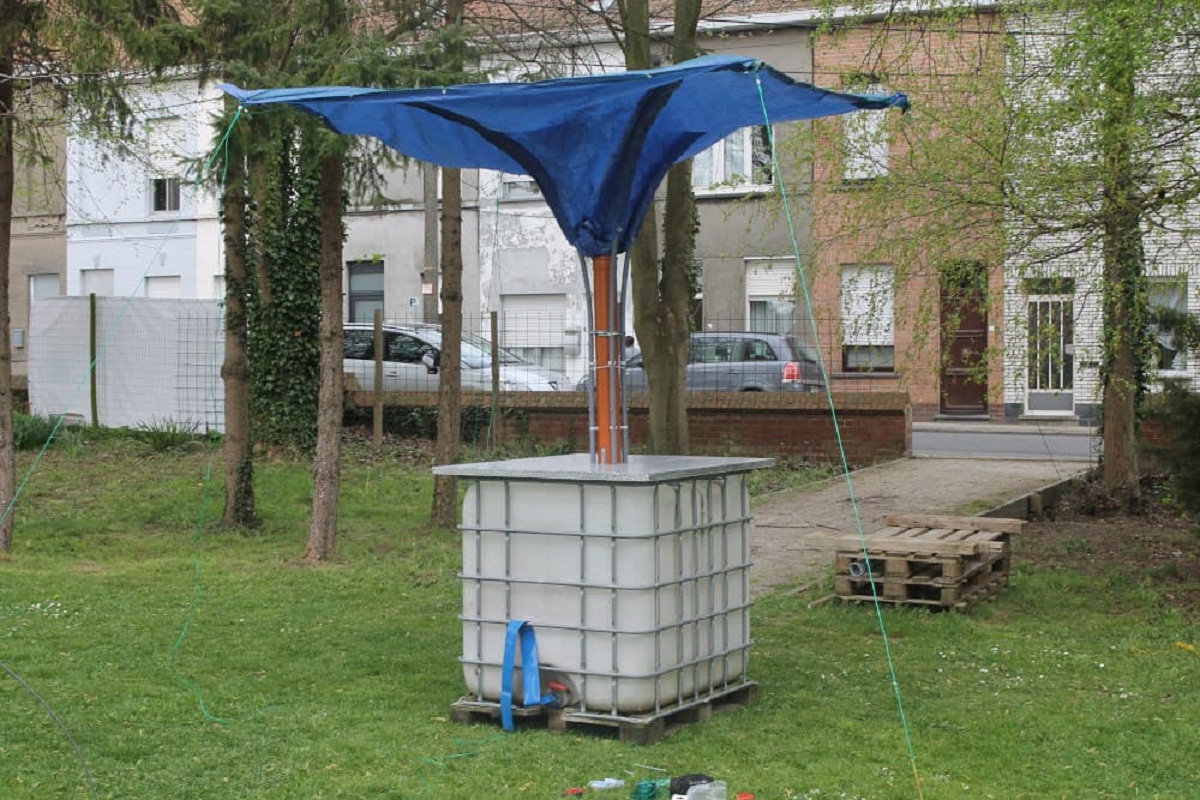

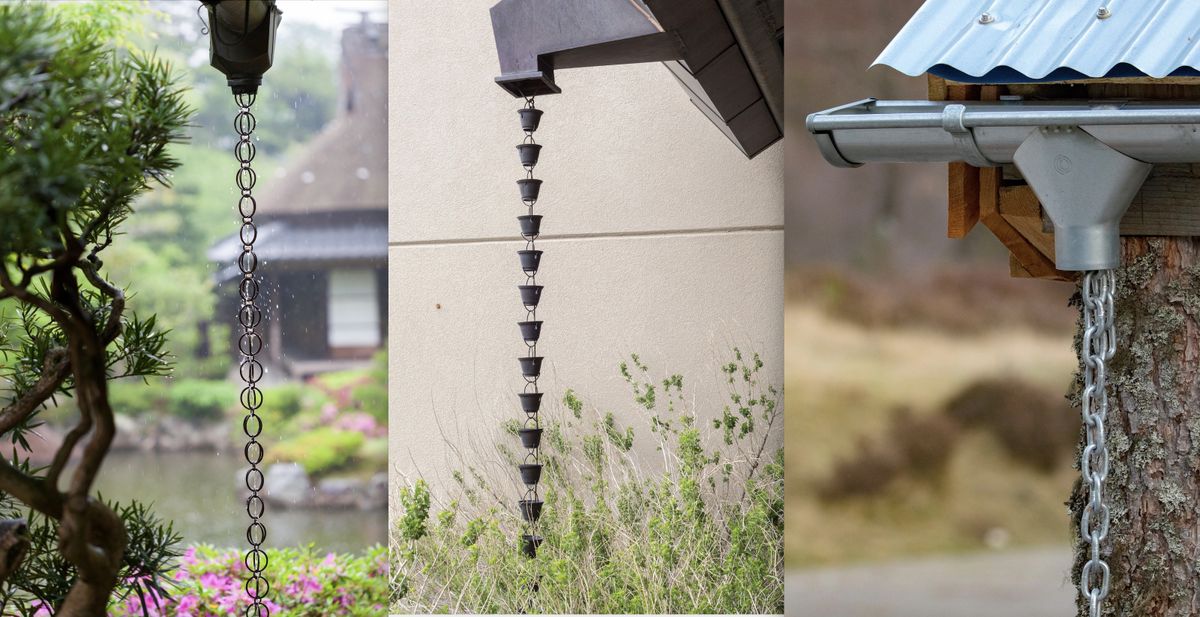
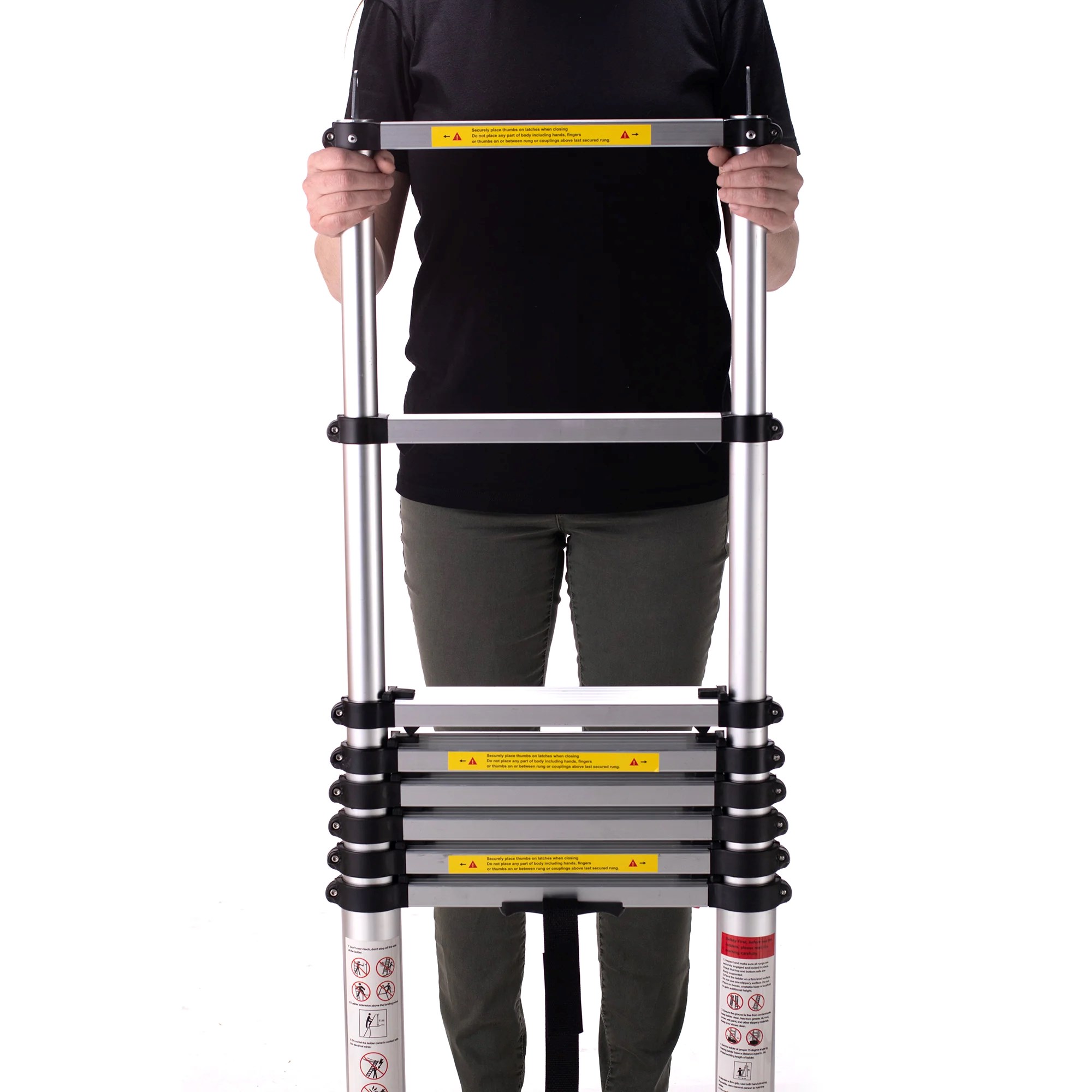
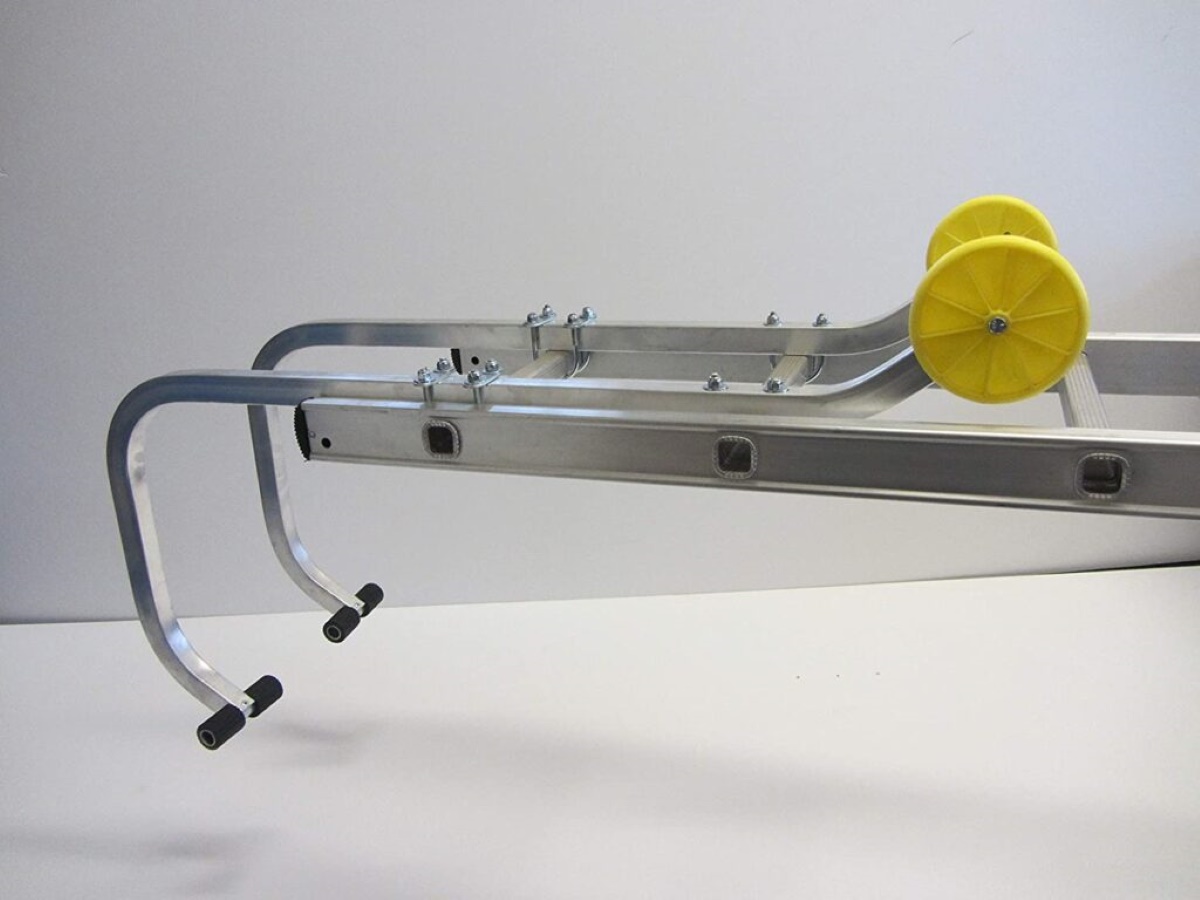

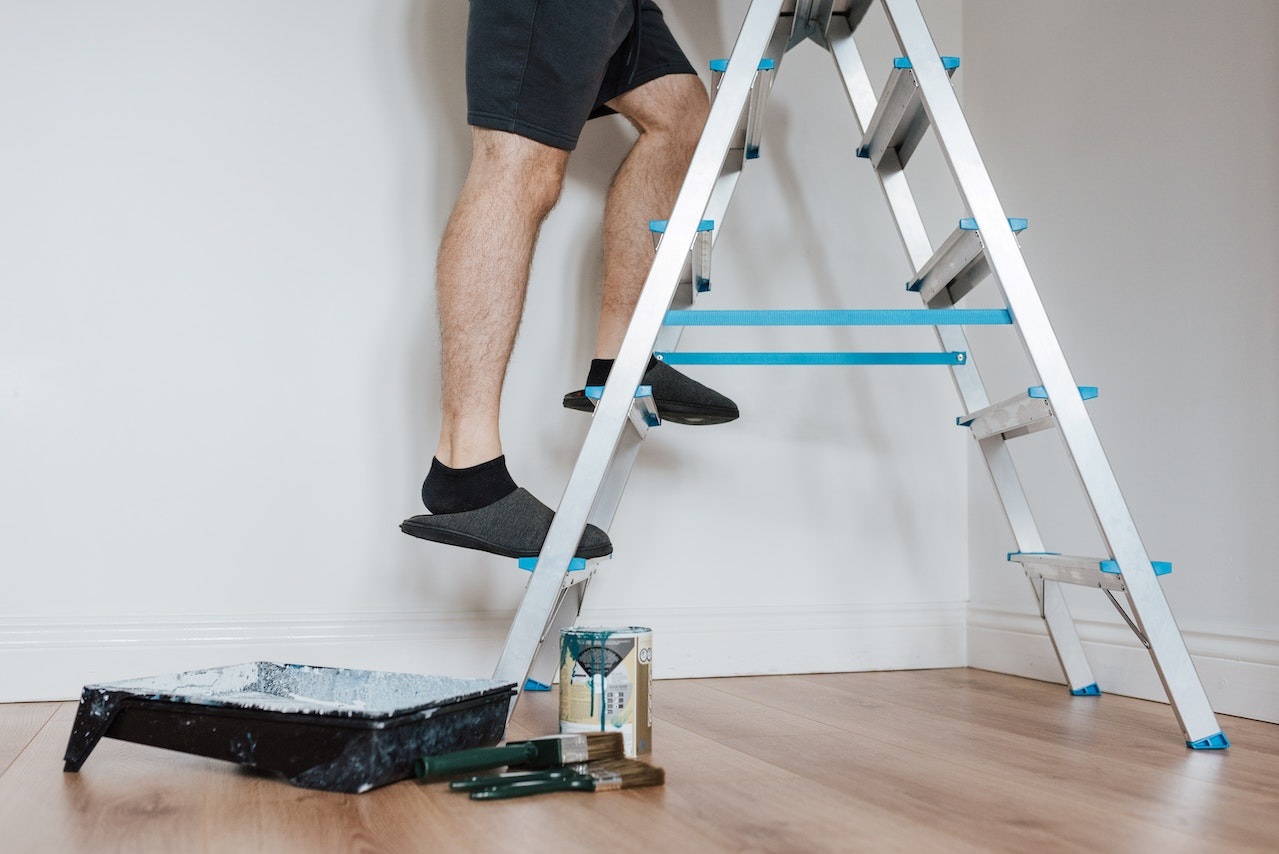
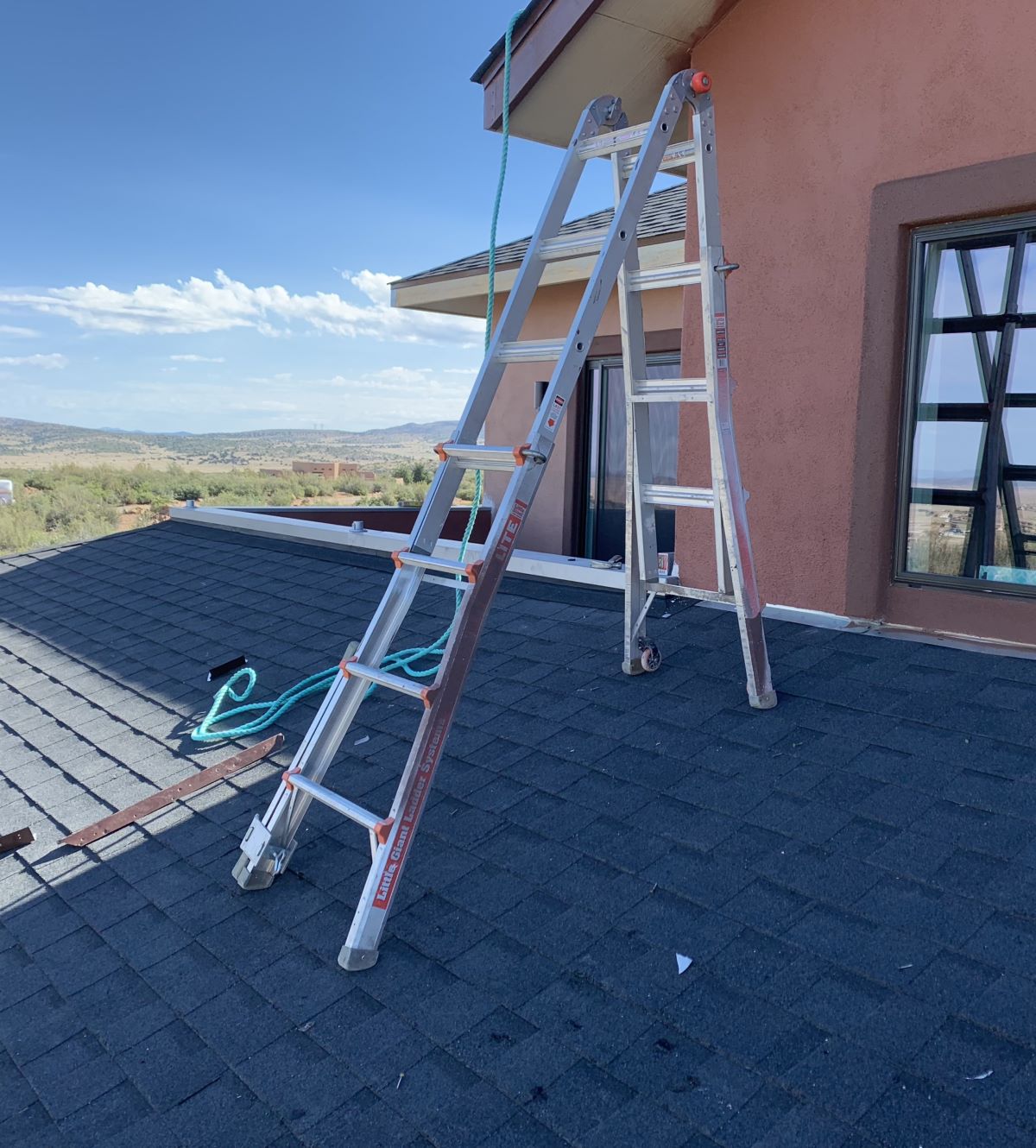
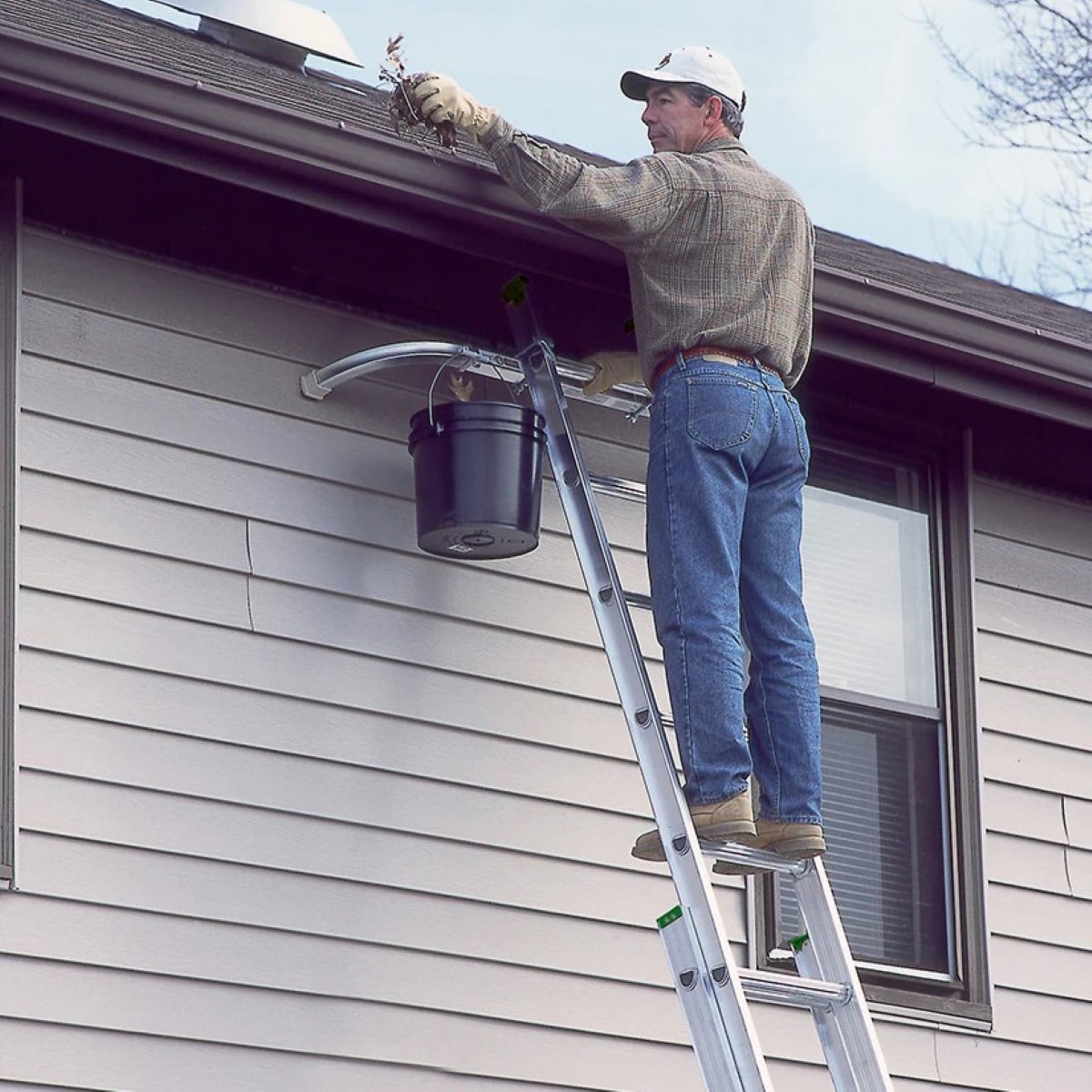

0 thoughts on “How To Use A Ladder Without Damaging Gutters”